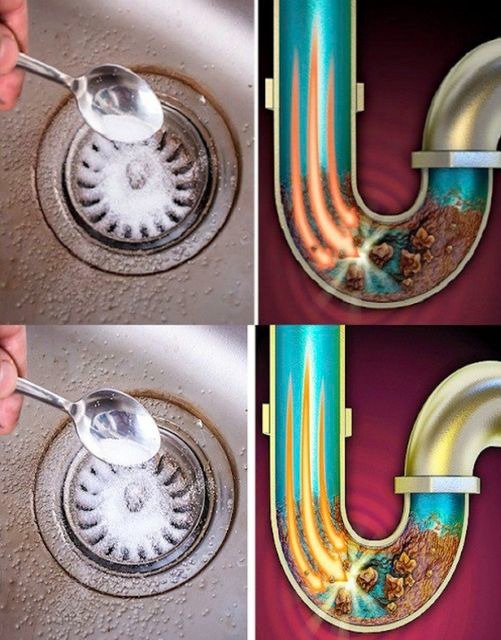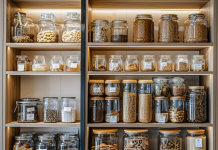Clogged drains are the arch-nemesis of every homeowner, presenting themselves at the most inconvenient times and causing untold frustration. Whether it’s a slow-draining sink in the kitchen or a bathtub backed up with hair, these blockages are an unavoidable part of domestic life. However, the traditional solutions often involve harsh chemicals or costly plumber visits, which not only pose risks to your health but also contribute to environmental harm. Fortunately, there exists a plethora of eco-friendly alternatives that are both effective and gentle on the planet. In this guide, we’ll delve into a comprehensive array of sustainable strategies to keep your drains clear and your conscience clean.
Eco-Friendly Solutions for Clogged Drains:
Harnessing the Power of Dishwashing Detergent:
The same detergent that cuts through grease and grime on your dishes can also work wonders on clogged drains. Simply pour a generous amount of dishwashing detergent down the affected drain and follow it up with hot water. The detergent’s surfactants break down oils and food residues, allowing water to flow freely once again.
Saline Solution with Sodium Chloride (Salt):
Salt, a pantry staple, boasts myriad household uses, including clearing drain blockages. Sprinkle approximately half a cup of salt down the clogged drain before flushing it with hot water. The salt’s abrasive nature helps dislodge stubborn deposits, while its osmotic properties draw out moisture, aiding in the dissolution of organic matter.
Dynamic Duo: Baking Soda and Vinegar:
Few combinations are as effective and environmentally friendly as baking soda and vinegar when it comes to drain maintenance. Begin by pouring half a cup of baking soda down the drain, followed by an equal amount of vinegar. The ensuing chemical reaction produces bubbles that help break down debris and neutralize odors. Finish by flushing the drain with boiling water to wash away the residue.
Plunger Power Play:
When faced with a particularly stubborn clog, don’t underestimate the power of the plunger. Whether it’s a sink or toilet drain, a few vigorous plunges can often dislodge the obstruction. Ensure you’re using the correct type of plunger for the task at hand, and maintain a steady, rhythmic motion. If repeated attempts prove fruitless, it may be time to seek professional assistance.
Enzymatic Drain Cleaners:
For those preferring a hands-off approach, enzymatic drain cleaners offer a bio-friendly solution to persistent clogs. These products contain naturally occurring enzymes that target organic matter, breaking it down into smaller particles that can be easily flushed away. While typically slower acting than chemical alternatives, enzymatic cleaners pose minimal risk to both your plumbing and the environment.
Conclusion:
In the never-ending battle against clogged drains, adopting eco-friendly solutions not only resolves immediate plumbing issues but also aligns with our broader commitment to environmental stewardship. By incorporating simple yet effective methods such as utilizing dishwashing detergent, salt, baking soda, vinegar, and plungers, we can keep our drains clear while minimizing our ecological footprint. These sustainable strategies not only safeguard the health of our plumbing systems but also contribute to the well-being of our planet.
Moreover, the shift towards eco-conscious drain maintenance isn’t just about addressing clogs; it’s about embracing a mindset of sustainability in all aspects of our lives. As we become more mindful of the products we use and the impact they have on the environment, we pave the way for a greener, more resilient future.
So, the next time you’re faced with a stubborn drain blockage, remember the arsenal of eco-friendly tools at your disposal. Whether it’s harnessing the power of natural ingredients or relying on mechanical methods, each approach offers a pathway to clearer drains and a cleaner planet. Let’s continue to prioritize sustainability in our daily routines, one drain at a time.
image source : Barbara O’Neill Lectures










